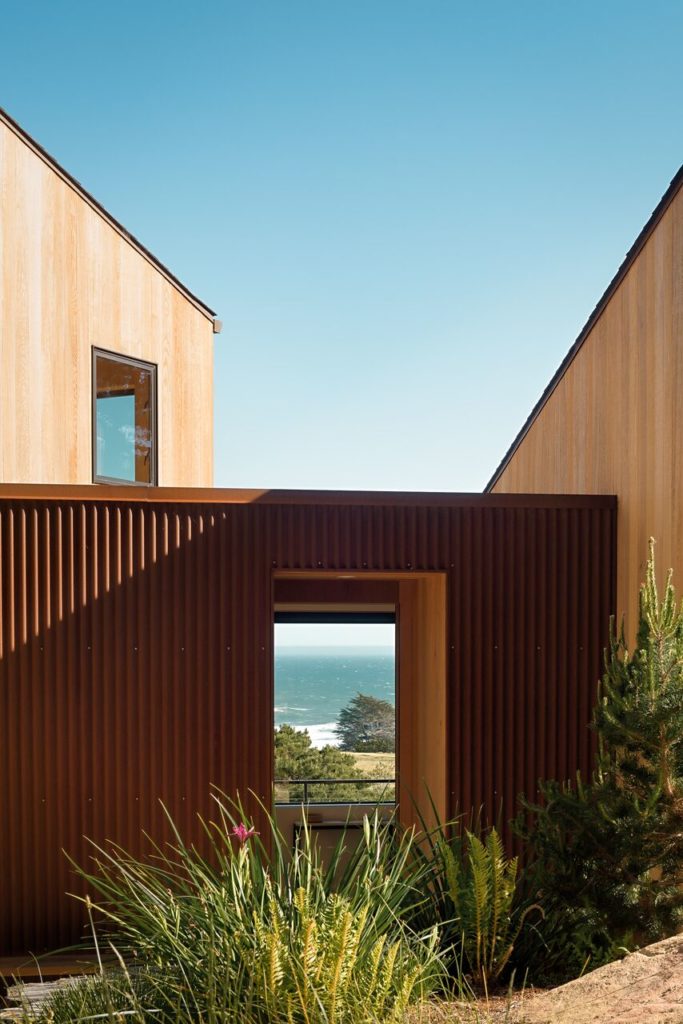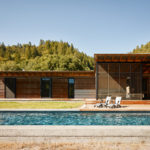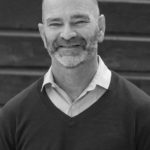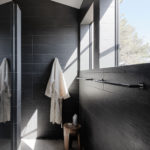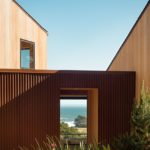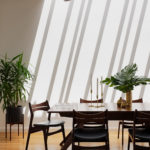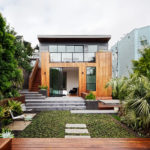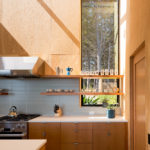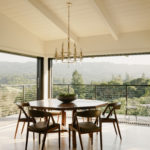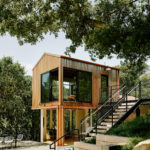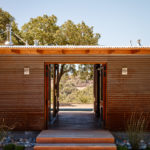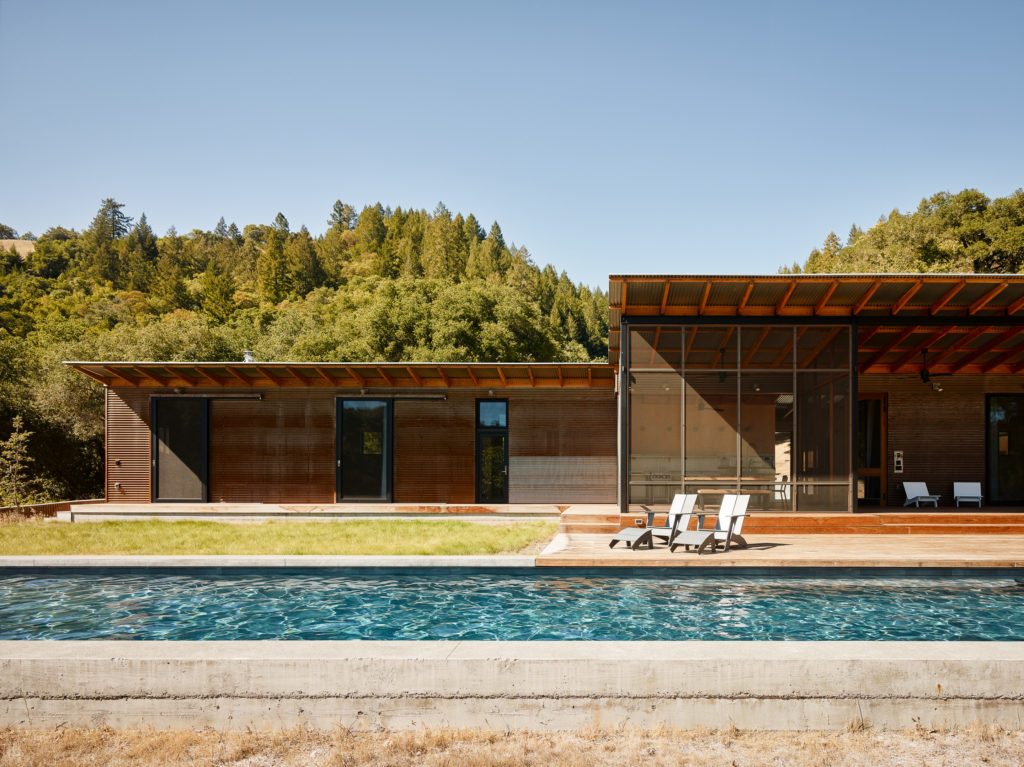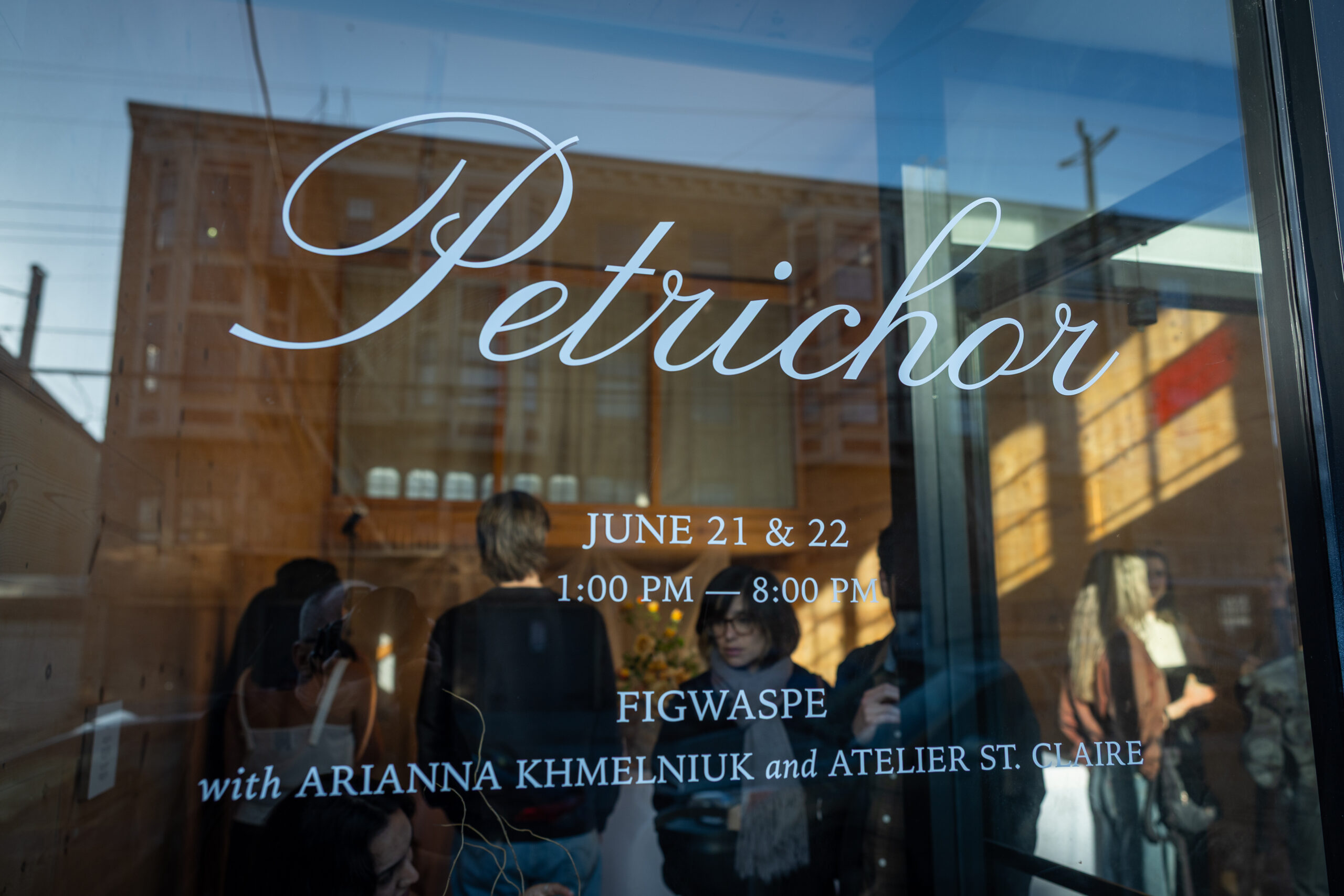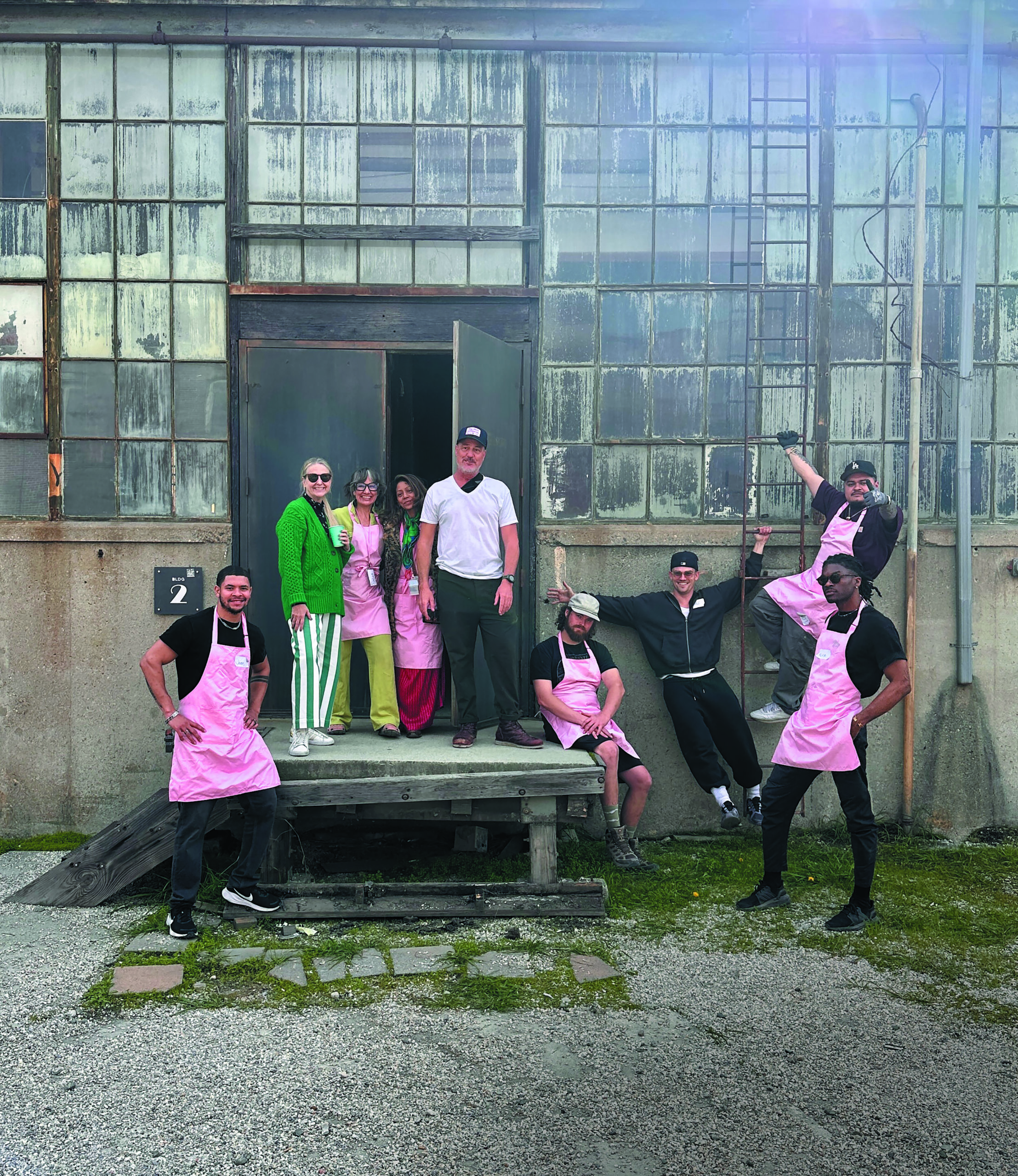Designer Crush: Malcolm Davis Architecture
Author:Lindsey ShookWorld-renowned firm—Malcolm Davis Architecture—has helped put the Bay Area design movement on the map. Established in 1991, their prolific work gained the firm several awards and notoriety for their focus on applying innovative design solutions and using sustainable materials and practices. “Our firm’s design philosophy is rooted in context–site specific, classic forms, with strong interior/exterior connections,” says founder Malcolm Davis. “The play of natural light is of paramount importance in our work, as are the unique challenges of urban infill, historic buildings and green building strategies.”
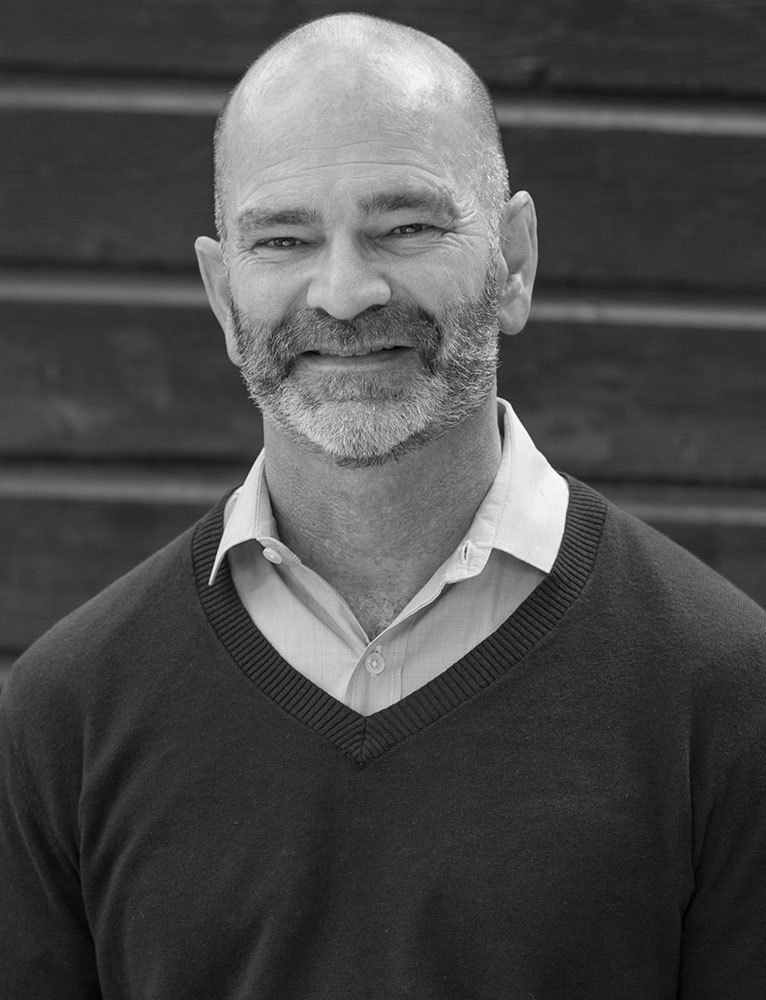
We spoke with Davis to uncover how the pandemic has shifted his business and how he and his team remain inspired.
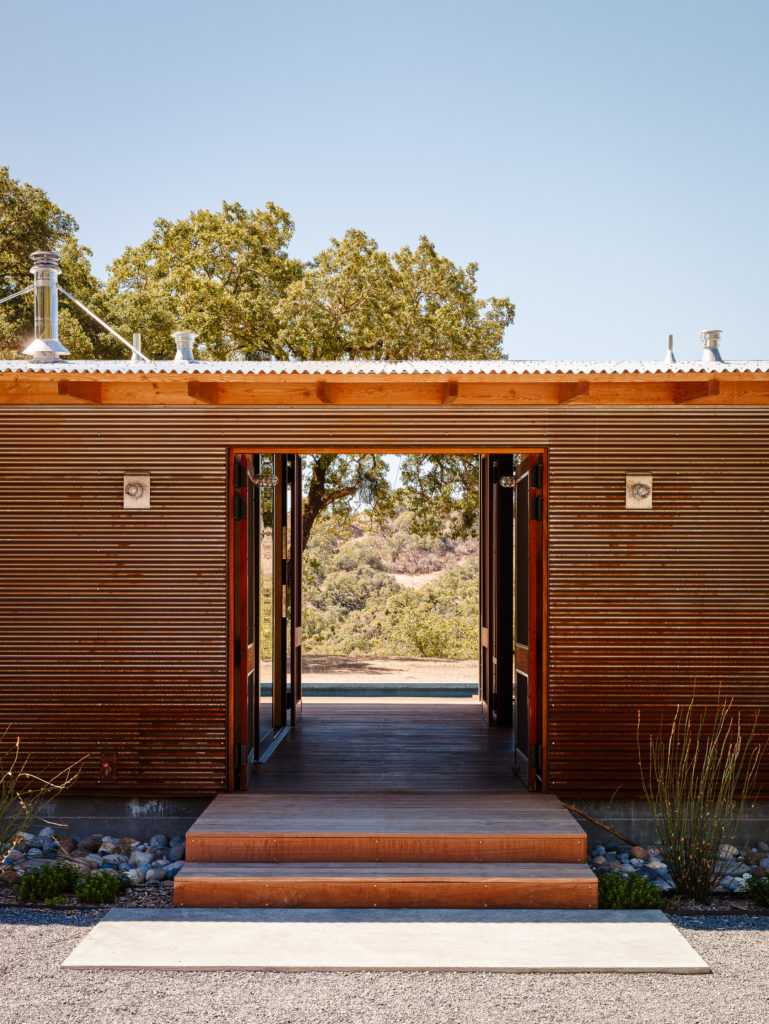
How would you describe your style? Consistent storylines in my work are warmth and modernity. I find that those two qualities can frequently be at odds. I love combining contrasting elements – playing with solids and voids, rough textures and smooth, open spaces and cozy nooks, an old house with a new interior. I think my work is more a feeling than a specific look. Our work includes both renovations and new houses from the ground up, but I always find context to be my “go to” starting point as I begin to solve the problem of making something beautiful, but also livable. The context and the client program serve as a necessary introduction before I start to think about form. From there, I consider how daylight moves through a space and use it to add subtle changing layers and richness to the design. I believe that natural light is of paramount importance to a person’s experience of a space through time.
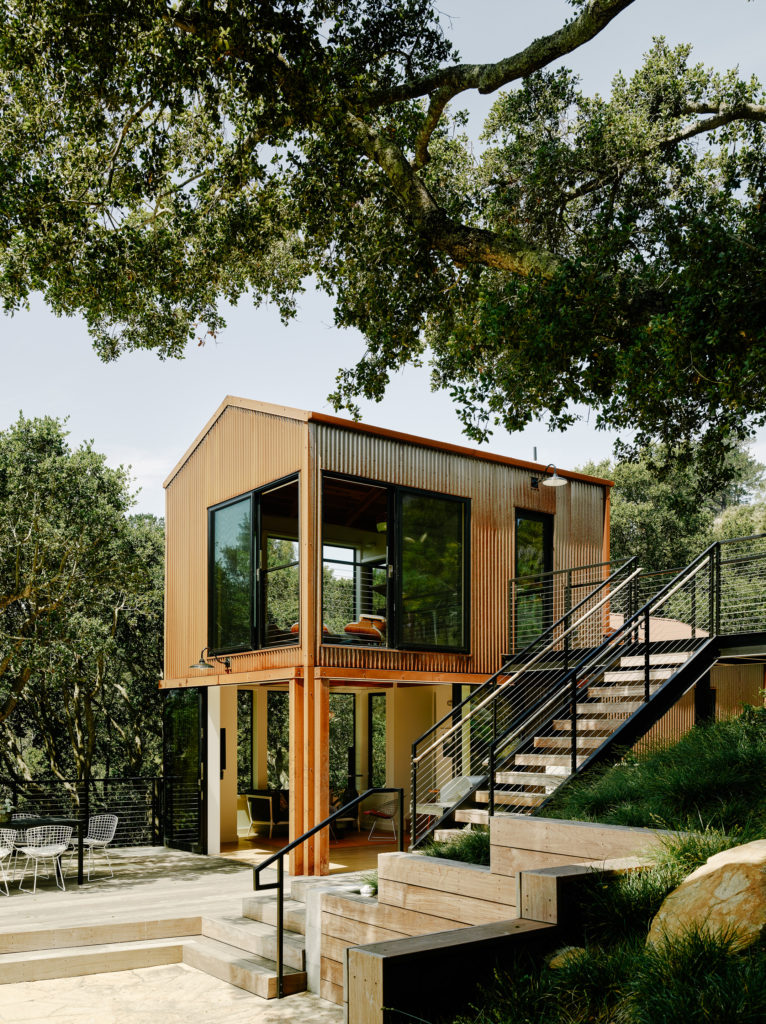
Who inspired your career the most and why? Over the course of my career, I have been-and still am-inspired by many architects. Bill Turnbull, an early employer and mentor, for his use of exposed structure and vast knowledge of daylight. Joseph Esherick’s city houses are inspiring for their tall ceilings and doorways, proportions and attributes similarly found in their Victorian neighbors. Cliff May’s early California Ranch Houses highlight the importance of an indoor/outdoor relationship in our temperate climate, and A. Quincy Jones’ designs for Eichler’s developments include inspiring examples of exterior courtyards and beamed ceilings. All of these architects’ strengths contribute to the modernity and functionality that I attribute to Bay Area regionalism, the most influential architectural style in my work.
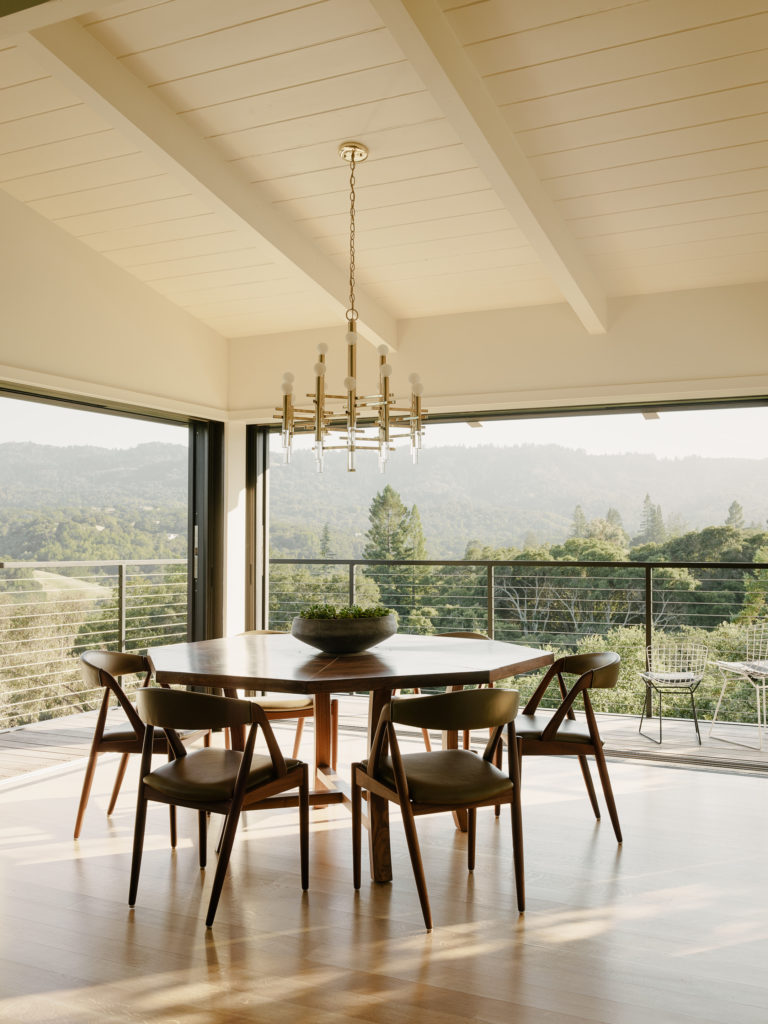
How does the California landscape influence your work? California’s multitude of microclimates, sun, wind and heat inform all of our work, and I draw on the history of vernacular forms. You’ll also see that similar influences are woven into all of the work that has inspired me.
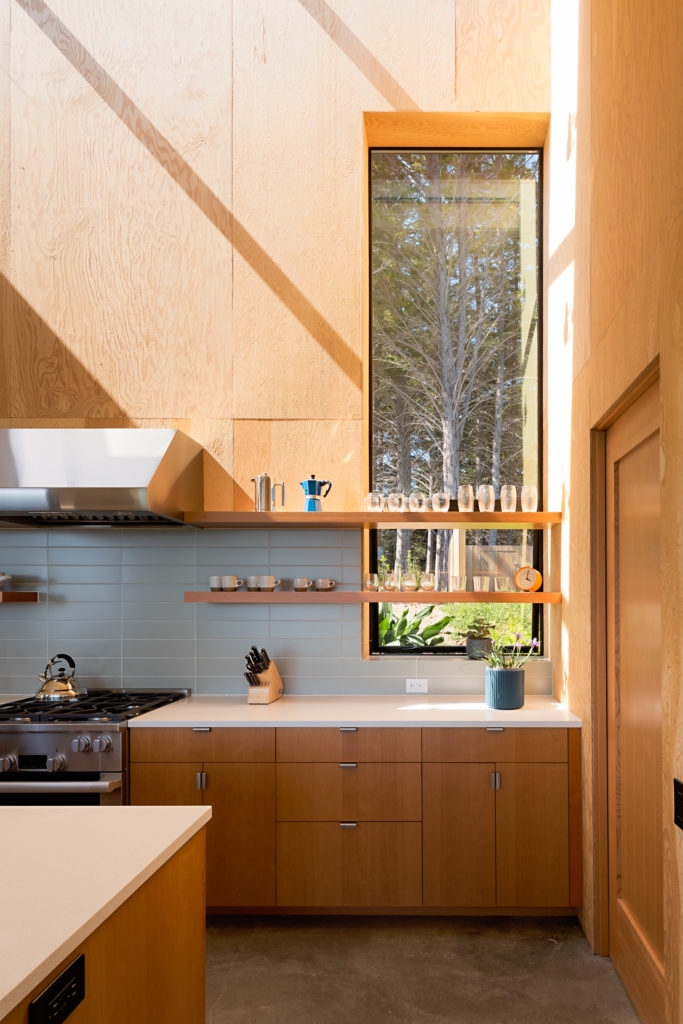
How have you shifted your business during the pandemic that will remain as a result? It feels like we were able to jump five years into the future. We have always had a very collaborative office, with a great deal of daily communication, so I never considered working remotely. But, now we do, and we do it well. I find myself impressed with how productive the office has been and how flexible we have become.
With easier communication options, we can now work with clients outside the Bay Area with ease, and there is more trust in the remote process. Recently, we began designing a house in Sea Ranch, California with clients who live in Boulder, Colorado. Thanks to new technologies and spatial flexibility, we’ve been able to adapt seamlessly throughout the design process. Though I would eventually like everyone to be back in the office for periods of time, I am realizing that it’s not essential for everyone to be in the office all the time to do their work.
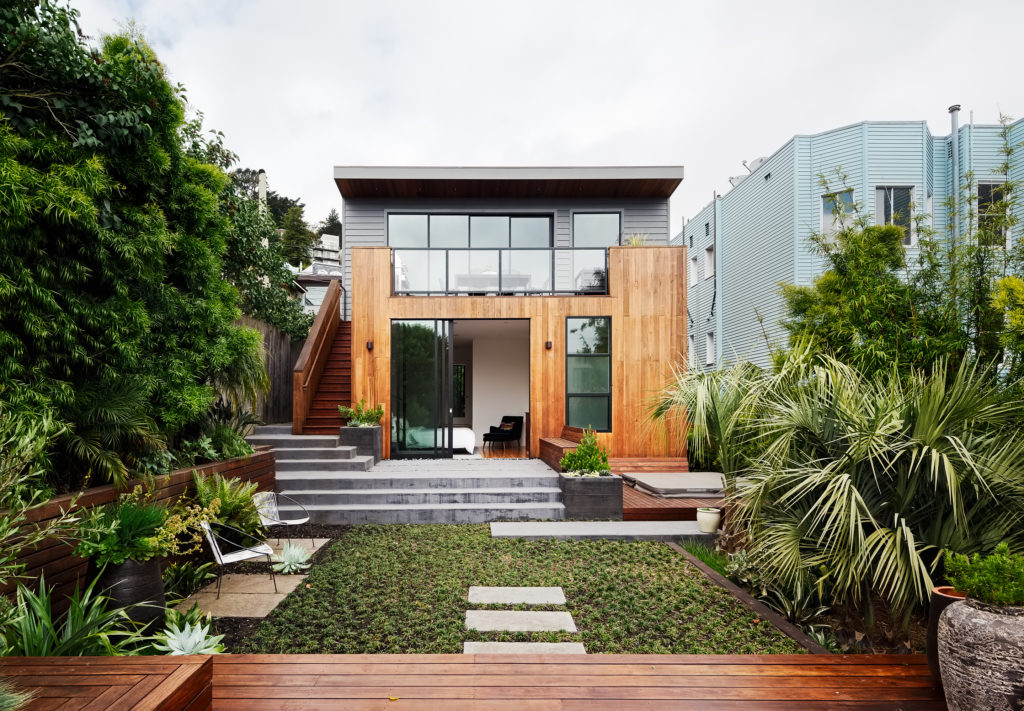
Do you think the floor plan of the home will shift as a result of the pandemic? I believe we’ll be seeing more interest in spaces that have the ability to be closed off, such as a library, home office or media room. However, I don’t believe the completely closed off kitchen will make a come back, or that the open floor plan is dead. We see a new need for additional smaller, enclosed spaces than before, but when families gather, and when friends can come over again, we will still want to congregate near the cook and the food.
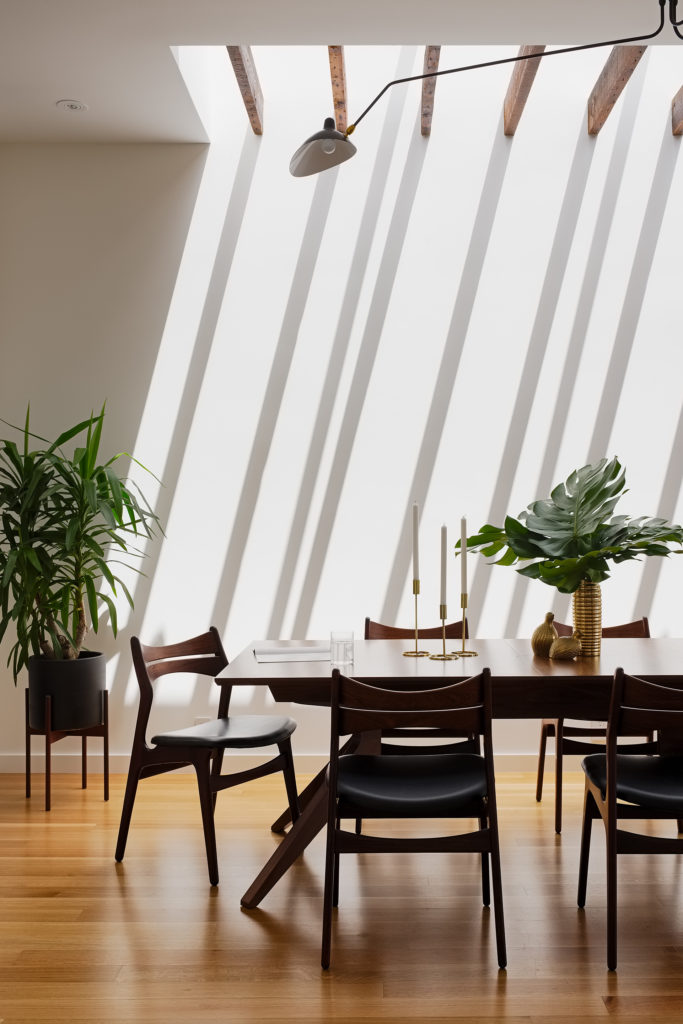
Lightning round!
Favorite historic building in the Bay Area? One of my favorites is William Wurster’s Gregory Farmhouse from the 1920’s, a simple structure that gently wraps around a courtyard and is beautifully integrated with its site. Intended as a quiet retreat for a wealthy family, it reminds me how evocative a simple space can be.
Must-have design book? Wabi-sabi for Artists, Designers, Poets & Philosophers by Leonard Koren. It highlights the importance of imperfection, not apologizing for a repair, but rather celebrating it or in other words, the “Beauty of things unconventional.”
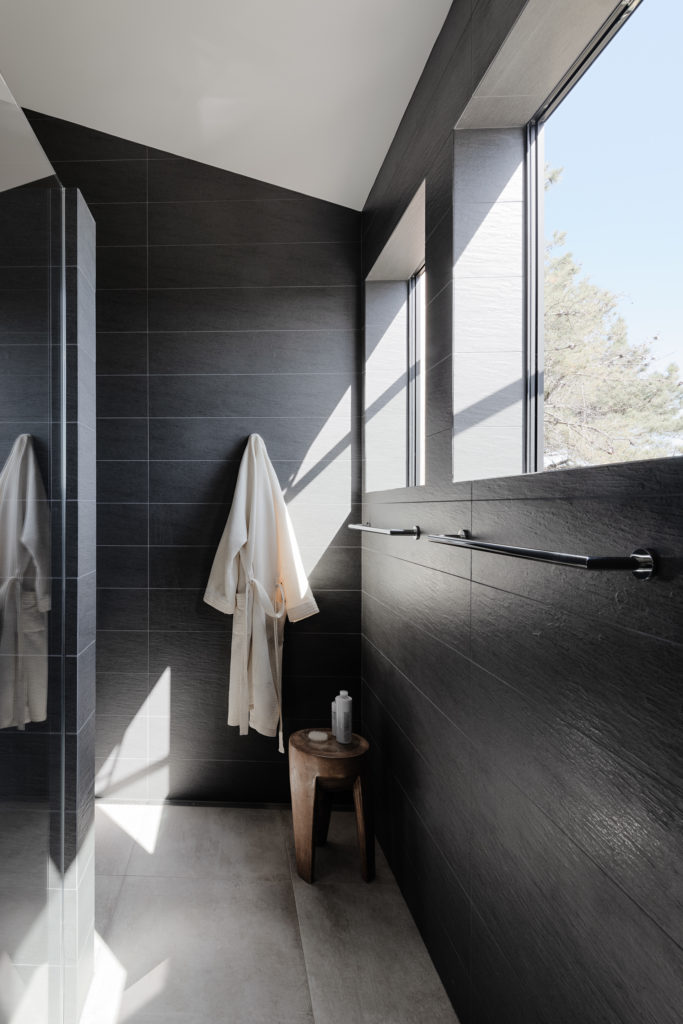
Favorite musician right now? I have a breadth of music that suits different moods, ranging from Michael Kiwanuka, to Nina Simone. Recently, my husband introduced me to Tiwa Savage, a Nigerian artist, and I’ve been enjoying her playful music.
If you weren’t an architect, you would be? Either a storyteller or diplomat, someone in the public sphere —roles that require one to understand all of the parts-of-the-whole and their relative importance, as well as the significance of perspective and viewpoint. I believe these require a similar skill set to my own as an architect. I am a problem solver with a design eye. I can appreciate the implications of how a small change, in everything from perception to punctuation, can make a lasting difference.
